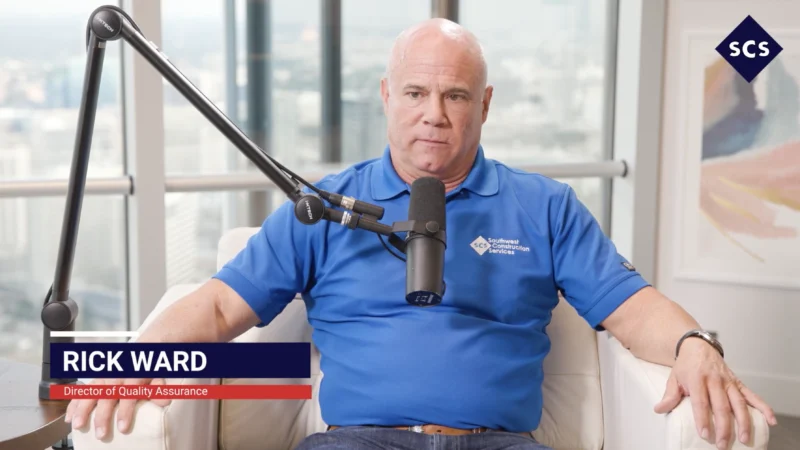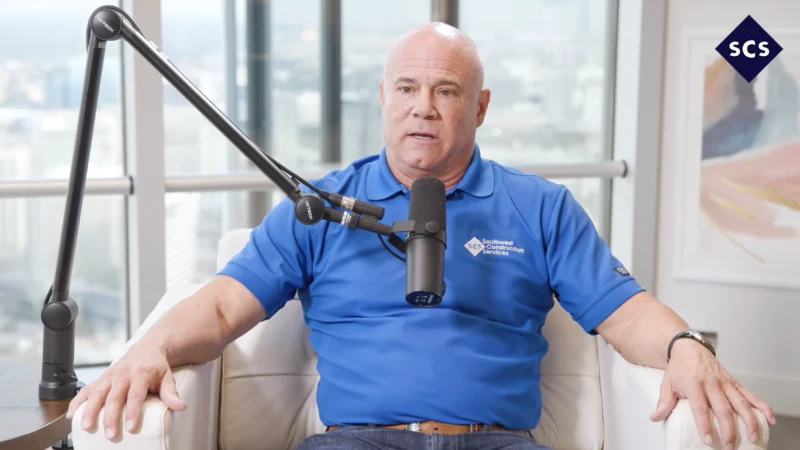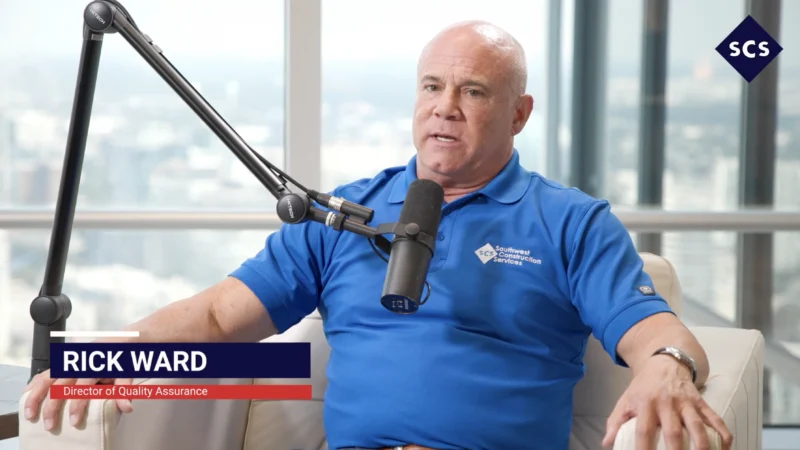What is a Psychrometric Chart?
Guillermo Martinez, an Applications Engineer for Polygon US, provides a comprehensive explanation of psychrometric charts, their significance, and how Polygon utilizes them in their work.
Guillermo begins by introducing psychrometric charts as tools used to understand the properties and conditions of air, including temperature, humidity, and energy. He emphasizes that these charts are specific to certain conditions, such as elevation, which affects air pressure and alters the properties of air.
The video focuses on understanding the components of a psychrometric chart. Guillermo explains the x-axis, which represents the dry bulb temperature, the y-axis, which represents the grains per pound or humidity ratio, and the curved lines indicating relative humidity levels.
Guillermo demonstrates how the chart enables Polygon to determine their targets and understand the relationship between outside weather conditions and the desired internal environment. Through psychrometric chart generating software, they overlay weather data accumulated over many years to visualize worst-case scenarios and align them with the desired indoor conditions. This allows Polygon to determine the starting point and make informed decisions based on client specifications or material requirements.
He highlights a typical target of 75 degrees and 50 percent relative humidity, showcasing how this point on the chart provides additional information, such as the grains per pound. Guillermo stresses the importance of considering outside weather data, demonstrating how it influences the project. He explains that Polygon designs systems to manipulate the outside air and achieve the desired indoor conditions.
The video emphasizes the complexity and value of psychrometric charts in understanding air properties and planning environmental control solutions. Guillermo assures viewers that Polygon is ready to engage in detailed discussions with clients, tailoring explanations to their specific needs.




